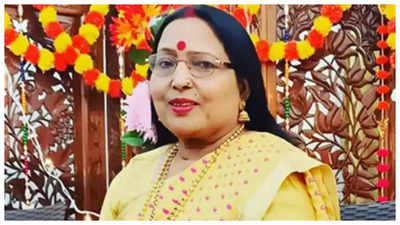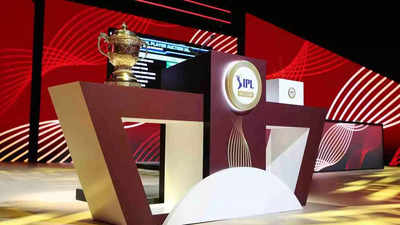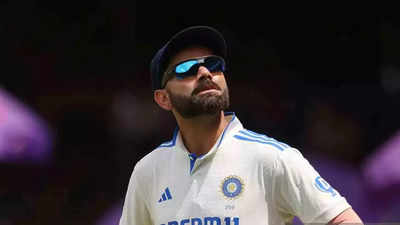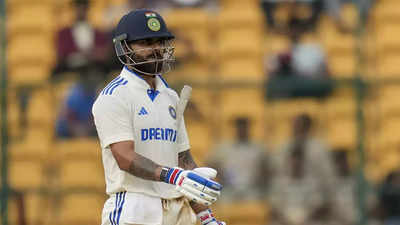Why the women’s field is so weak in Polgar’s country | Chess News
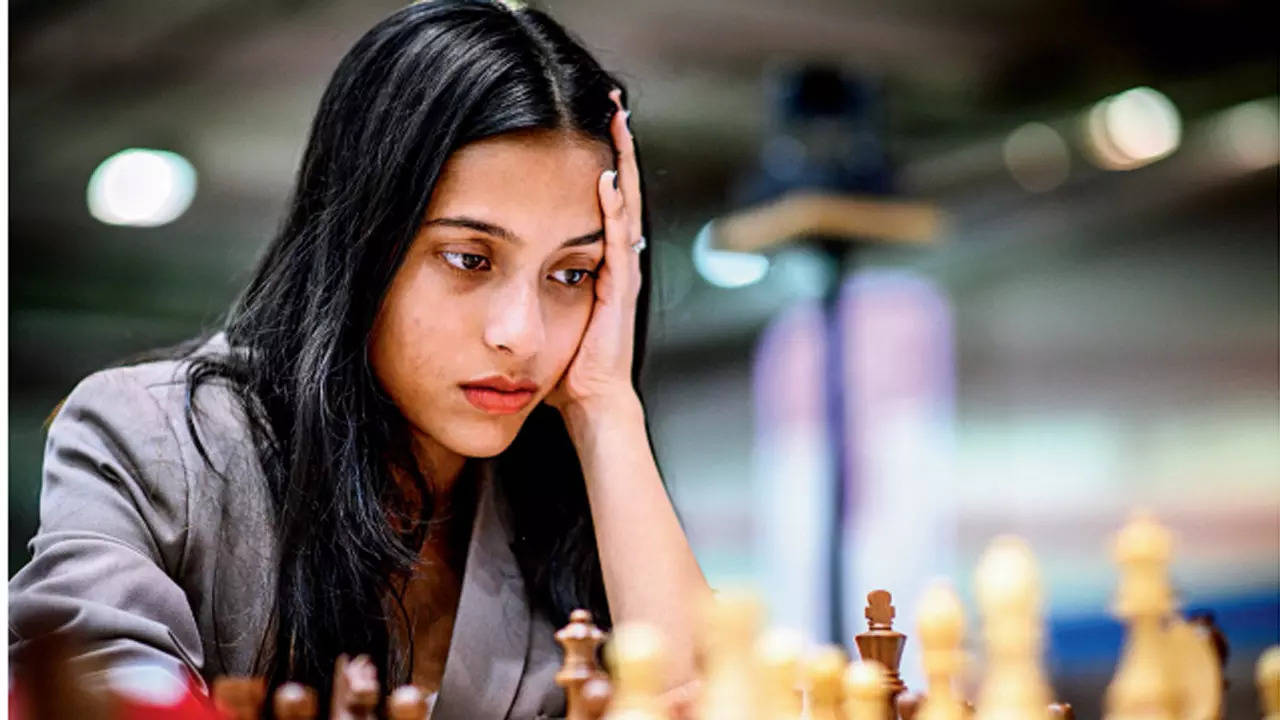
[ad_1]
China’s former world champion Hou Yifan, aged 37, is still women’s world No. 1. She is almost inactive but keeps her rating. Her Elo strength (Elo 2633) makes her world No. 107 if we take gender bifurcation out of the window. She is not a part of the China team in the ongoing Olympiad, neither are her three compatriots – reigning world No. 2 Wen Jun, No.3 Tang Zhongyi and No. 4 Lie Tingjie. The ban on Russia and withdrawal of Muzychuk sisters of Ukraine have added to the problem – a weak field.
With top-8 rated women missing the Olympiad, about 200 men currently playing in the country of the great Judit Polgar are rated higher than the top woman participant, Nana Dzagnidze of Georgia.
Former seven-time national champion Praveen Thipsay, whose wife Bhagyashree Thipsay (nee Sathe) was the women’s Asian champion, said that despite the current boom-time for chess, the gap between men and women players is widening. “I know male players spend more than 12 hours a day on chess,” said Thipsay. “But I don’t know any woman who spends more than seven hours a day on the game.”
Koneru Humpy, India’s women’s world No. 6, who has opted out of the Olympiad for family responsibilities, said, “Generally speaking, you can reach your best level during your teenage time. Then it depends on knowledge, ability to work hard and opportunities. You need a lot of time and focus to continuously work on your game. It’s practically difficult for women after a certain age. Women get less time to work on chess because they invariably do the house management. Plus, there are other responsibilities and priorities.”
In other words, chess ceases to remain the sole focus of women players after a certain stage in life. And demands of modern chess are excruciating with methods of preparation and activity at an all-time high.
Polgar has been critical of strong women players who continue to play in the women’s section. “Women are the greatest enemies of women,” is her oft-mentioned quote.
Does 37-year-old Humpy regret her decision of playing only in the women’s section?
Humpy, who will be a part of Mumba Masters in the Global Chess League starting in London from Oct 3, said, “The women’s Grand Prix started in 2009. I decreased my participation in the Open section around that time. I regret that a lot. But it doesn’t make much of a difference now. I play the game for enjoyment, to stay in touch with the sport. I am not as competitive as I was in my teenage years.”
The top-10 women players are born between 1987 and 1994 (aged 30 to 37). The corresponding figure for men is 1987 and 2006 (aged 18 to 37).
Thipsay pointed out that it’s easy for elite-level women players to maintain their consistency. “They can sustain their class because they have improved in the human style of the sport. The teenage boys’ improvement is by way of Artificial Intelligence (faster progress largely aided by computer preparation).”
Former women’s classical and rapid world champion Alexandra Kosteniuk has managed to get an entry in the Chess Olympiad despite FIDE banning Russian teams for the invasion of Ukraine.
It was made possible because the 40-year-old grandmaster (Elo 2483) is representing Switzerland on the top board. Kosteniuk has dual citizen -ship. She first married a Swiss businessman – almost 25 years older to her –as an 18-year-old to. Now, she is married to a Russian GM who is 12 years older.
With top-8 rated women missing the Olympiad, about 200 men currently playing in the country of the great Judit Polgar are rated higher than the top woman participant, Nana Dzagnidze of Georgia.
Former seven-time national champion Praveen Thipsay, whose wife Bhagyashree Thipsay (nee Sathe) was the women’s Asian champion, said that despite the current boom-time for chess, the gap between men and women players is widening. “I know male players spend more than 12 hours a day on chess,” said Thipsay. “But I don’t know any woman who spends more than seven hours a day on the game.”
Koneru Humpy, India’s women’s world No. 6, who has opted out of the Olympiad for family responsibilities, said, “Generally speaking, you can reach your best level during your teenage time. Then it depends on knowledge, ability to work hard and opportunities. You need a lot of time and focus to continuously work on your game. It’s practically difficult for women after a certain age. Women get less time to work on chess because they invariably do the house management. Plus, there are other responsibilities and priorities.”
In other words, chess ceases to remain the sole focus of women players after a certain stage in life. And demands of modern chess are excruciating with methods of preparation and activity at an all-time high.
Polgar has been critical of strong women players who continue to play in the women’s section. “Women are the greatest enemies of women,” is her oft-mentioned quote.
Does 37-year-old Humpy regret her decision of playing only in the women’s section?
Humpy, who will be a part of Mumba Masters in the Global Chess League starting in London from Oct 3, said, “The women’s Grand Prix started in 2009. I decreased my participation in the Open section around that time. I regret that a lot. But it doesn’t make much of a difference now. I play the game for enjoyment, to stay in touch with the sport. I am not as competitive as I was in my teenage years.”
The top-10 women players are born between 1987 and 1994 (aged 30 to 37). The corresponding figure for men is 1987 and 2006 (aged 18 to 37).
Thipsay pointed out that it’s easy for elite-level women players to maintain their consistency. “They can sustain their class because they have improved in the human style of the sport. The teenage boys’ improvement is by way of Artificial Intelligence (faster progress largely aided by computer preparation).”
Former women’s classical and rapid world champion Alexandra Kosteniuk has managed to get an entry in the Chess Olympiad despite FIDE banning Russian teams for the invasion of Ukraine.
It was made possible because the 40-year-old grandmaster (Elo 2483) is representing Switzerland on the top board. Kosteniuk has dual citizen -ship. She first married a Swiss businessman – almost 25 years older to her –as an 18-year-old to. Now, she is married to a Russian GM who is 12 years older.
